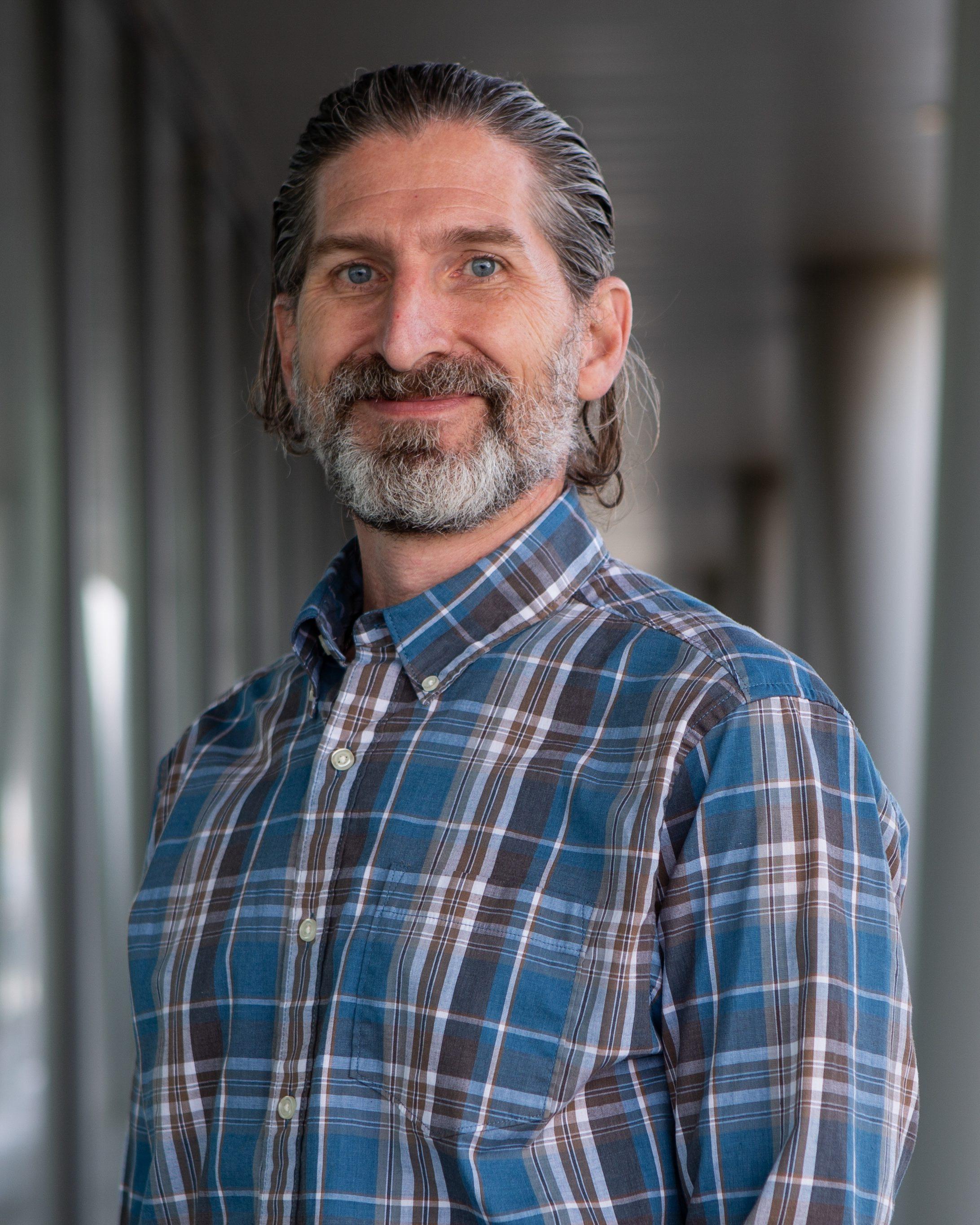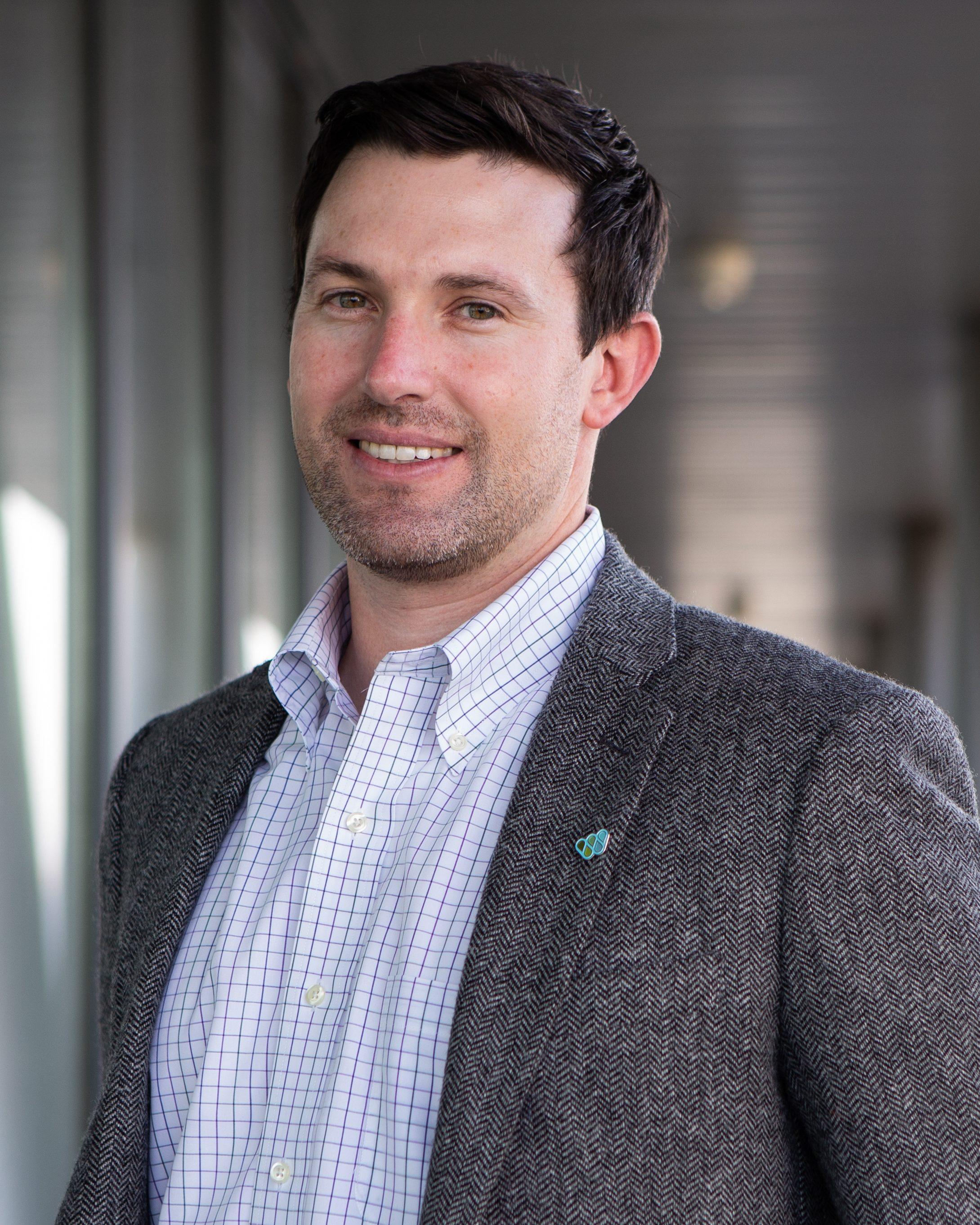Baton Rouge Area Foundation
Quilmes-Rio de la Plata Research Project Risk and Resilience in Coastal Louisiana
12 Months
The Challenge
The city is considering two major projects that will critically impact its future: The development of the coastal fringe and the work along the two “arroyos” that cross the city and where the most urgent problems of inequality are located. New affordable housing, public facilities, public spaces, infrastructures and ecological features need to be incorporated within a central vision.
Quilmes wants to transform an area of slaughterhouses and heavy industries along the coast into communities that include a diverse mix of incomes. The new waterfront is envisioned to include affordable housing and public places, such as parks, and plazas.
The Approach
Tulane’s School of Architecture and the Institute provided needed coastal science and urban repair advice that policymakers, scientists and designers in the Quilmes-Rio de la Plata region of Argentina needed to reinvent their coastline.
Scientists and land planners from Tulane and the Institute reviewed the current conditions and the impact of potential interventions to developed scenarios for the city and its residents to consider. These scenarios included changes to existing land-use plans and working to develop a unified vision for the entire waterfront to achieve the long-term vibrancy of the city.
A site visit was conducted in August 2019, and a report of findings and recommendations was released in May 2020. Recommendations to the city included reorganizing how development occurs and relates to the market to prevent “ghost neighborhoods”; develop floodable public spaces to take the strain off urban areas, create a continuous system of ecological and public spaces along the coast, connect the arroyos (steep-sided gullies) with the Rio de la Plata through streams using vacant land; turn an unfinished highway into a new central area for Quilmes with an urban park, public facilities and housing; create a system of linear parks along arroyos to manage floods when needed; and reordering city traffic into a macrogrid to give room for slower mobility corridors for walking and biking.

